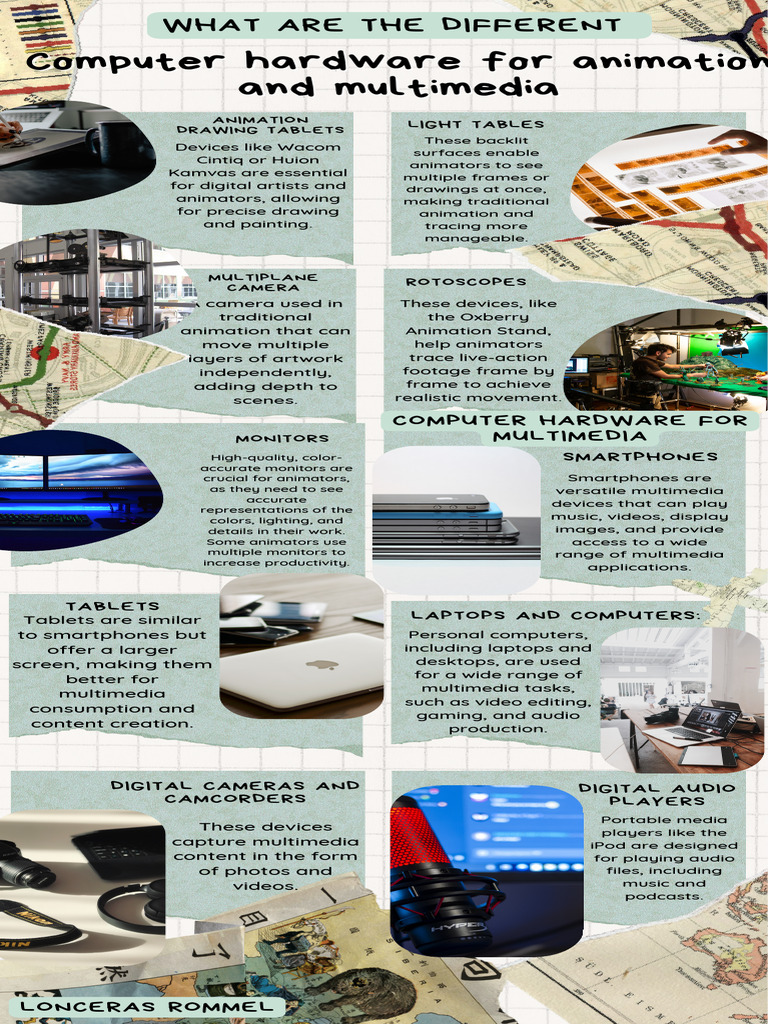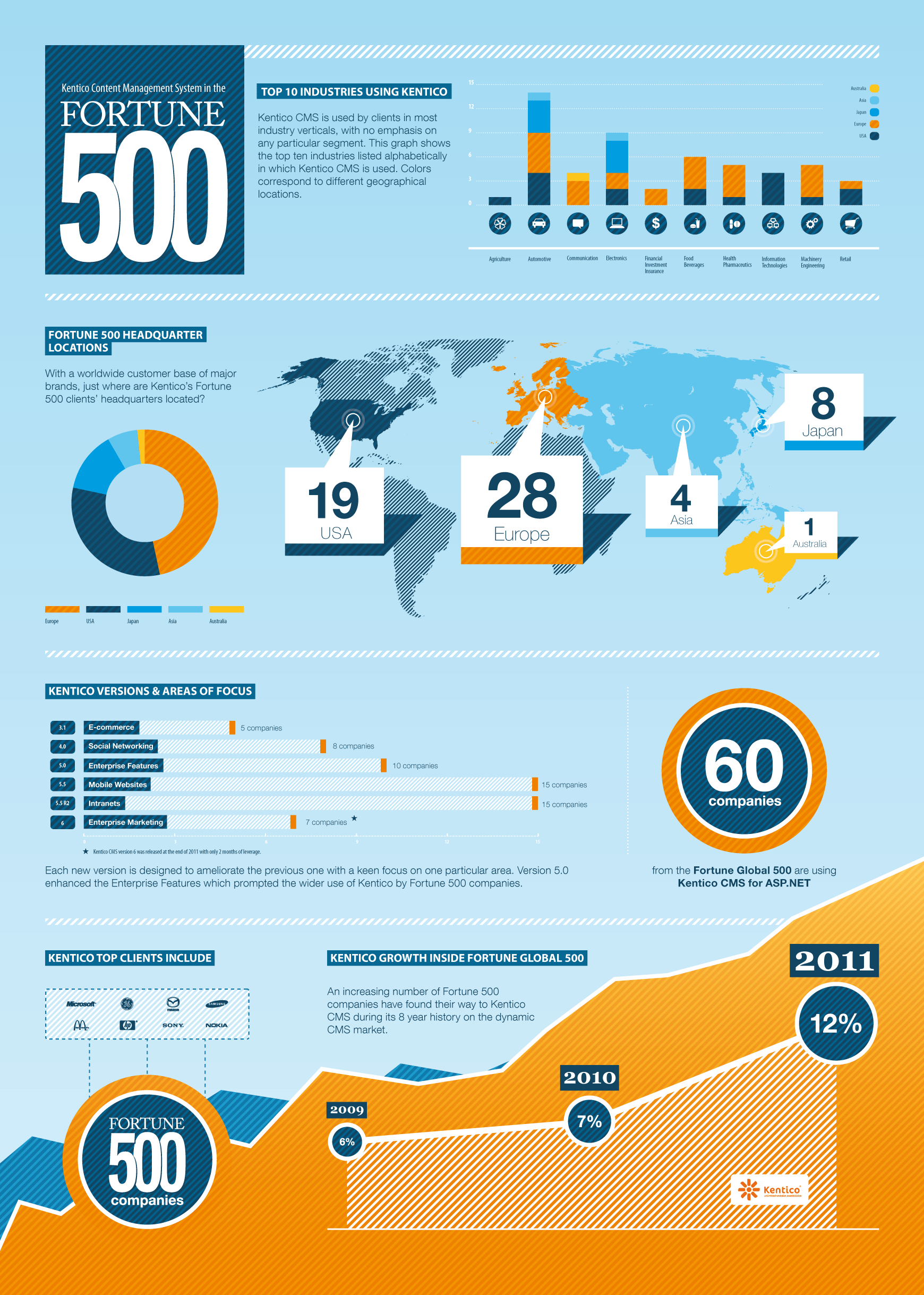
Introduction
In the digital age, content is king—but it’s not just about what you say. It’s also about how you say it. The role of multimedia—specifically images and embeds—in readability has become a critical factor in how users interact with online content. As search engines evolve to prioritize user experience, the strategic use of multimedia elements can significantly enhance a website’s ability to engage readers, improve comprehension, and boost SEO performance.
This article explores how multimedia enhances readability, why it matters in 2025, and how you can implement it effectively. Whether you’re a content creator, marketer, or web developer, understanding the power of multimedia will help you craft more engaging, accessible, and search-friendly content.
H2: What Is the Role of Multimedia (Images, Embeds) in Readability and Why It Matters
Readability refers to how easily a reader can understand and process written content. While text is essential, the integration of multimedia elements like images, videos, and interactive embeds can transform the reading experience by making information more digestible, engaging, and accessible.
Multimedia serves several key functions in enhancing readability:
- Visual Support: Images and infographics help break up large blocks of text, making content easier to scan and comprehend.
- Contextual Clarity: Visuals can clarify complex concepts, reducing the cognitive load on the reader.
- Engagement Boost: Interactive elements like embedded videos or slideshows keep users on the page longer, improving dwell time and reducing bounce rates.
- Accessibility: Properly labeled images and alt text ensure that all users, including those with disabilities, can access and understand your content.
According to a study by the Nielsen Norman Group, users spend 2.5 times more time on pages with relevant images than on text-only pages. This highlights the importance of using multimedia strategically—not just for aesthetics, but for real, measurable impact on user engagement and retention.
H2: How Multimedia Enhances SEO Performance
Search engines like Google prioritize user experience as a core ranking factor. Pages that are easy to read, visually appealing, and provide value tend to rank higher. Here’s how multimedia contributes to SEO performance:
- Improved Dwell Time and Bounce Rate: Engaging multimedia keeps users on your site longer, signaling to search engines that your content is valuable.
- Better Indexing Opportunities: Images and videos can be indexed by search engines, providing additional entry points for users to find your content.
- Enhanced Mobile Experience: With mobile-first indexing, multimedia can make your content more scannable and usable on smaller screens.
- Increased Social Sharing: Visually rich content is more likely to be shared on social media, driving referral traffic and boosting brand visibility.
Moreover, well-optimized multimedia content—such as properly tagged images and video descriptions—can improve your chances of appearing in image and video search results, expanding your reach beyond traditional text-based searches.
H2: Step-by-Step Implementation Framework
To effectively leverage multimedia for readability and SEO, follow this structured approach:
- Define or Audit the Current Situation
- Assess your existing content to identify where multimedia could enhance readability.
- Use tools like Screaming Frog or Ahrefs to analyze content structure and identify opportunities for improvement.
-
Evaluate the quality and relevance of current images, videos, and embeds.
-
Apply Tools, Methods, or Tactics
- Choose the Right Media Types: Use images for visual explanations, videos for tutorials, and embeds for dynamic content like maps or social feeds.
- Optimize Alt Text and Descriptions: Ensure all images have descriptive alt text that conveys their purpose. For example, instead of “image1.jpg,” use “A graphic showing the benefits of renewable energy.”
- Use Responsive Design: Make sure multimedia elements scale appropriately across devices to maintain readability on mobile and desktop.
-
Implement Lazy Loading: Load multimedia only when needed to improve page speed and user experience.
-
Measure, Analyze, and Optimize
- Track metrics like bounce rate, time on page, and engagement using tools like Google Analytics or Hotjar.
- Conduct A/B testing to determine which types of multimedia resonate most with your audience.
- Regularly update and refresh multimedia content to maintain relevance and performance.
H2: Real or Hypothetical Case Study
Consider a hypothetical case study involving a blog post about climate change. The original version was a dense, text-heavy article that struggled with low engagement and high bounce rates.
By integrating the following multimedia elements:
- Infographics explaining carbon footprints
- Embedded videos featuring expert interviews
- Interactive maps showing global temperature trends
The revised article saw a 35% increase in average session duration, a 20% drop in bounce rate, and a 40% rise in social shares. Search engine rankings also improved, with the page moving from the second to the first page of Google for key terms like “climate change solutions.”
This case study demonstrates how multimedia can turn static content into an engaging, informative, and SEO-friendly experience.
H2: Tools and Techniques for Enhancing Readability with Multimedia
Here are some of the most effective tools and techniques for integrating multimedia into your content:
- Canva – A powerful design tool for creating infographics, banners, and other visual assets.
- Adobe Express – Ideal for quickly generating professional-looking images and videos.
- Visme – Great for creating interactive presentations and data visualizations.
- Pexels & Unsplash – Free stock image sites with high-quality, royalty-free photos and videos.
- YouTube – Embedding educational videos directly into your content can add depth and context.
- Google Images – Use the advanced search features to find optimized, high-quality images for your content.
Each of these tools can help you create visually compelling content that enhances readability and improves user engagement.
H2: Future Trends and AI Implications
As AI continues to shape the digital landscape, the role of multimedia in readability will only grow. Emerging technologies like multimodal AI—which combines text, images, and audio processing—will enable even more seamless integration of multimedia elements into content creation.
Search engines are also evolving to better understand and index multimedia content. Google’s recent advancements in image and video recognition mean that well-structured multimedia can now be ranked based on relevance and quality, not just keywords.
For content creators, the takeaway is clear: embrace multimedia as a core component of your strategy. By staying ahead of these trends, you can future-proof your content and maintain a competitive edge in the ever-changing digital space.
H2: Key Takeaways
- Multimedia enhances readability by breaking up text, clarifying complex ideas, and keeping users engaged.
- SEO benefits include improved dwell time, better indexing, and increased visibility in image and video searches.
- Proper optimization of alt text, responsive design, and lazy loading is crucial for accessibility and performance.
- Tools like Canva, Visme, and YouTube can help you create visually rich, engaging content.
- Future trends like multimodal AI will further integrate multimedia into content strategies.
Call to Action: Start incorporating multimedia into your content today. Not only will it make your content more readable and engaging, but it will also position you for long-term success in the evolving digital ecosystem.
Meta Title: The Role of Multimedia in Readability — Boost Engagement and SEO
Meta Description: Discover how multimedia (images, embeds) enhances readability, boosts engagement, and improves SEO performance in 2025.
SEO Tags (5): multimedia, readability, SEO, images, content strategy
Internal Link Suggestions: Parameter #3: Content Quality and E-E-A-T, Parameter #5: Page Speed Optimization, Parameter #7: Voice Search Optimization
External Source Suggestions: https://www.nngroup.com, https://webaim.org, https://developers.google.com









